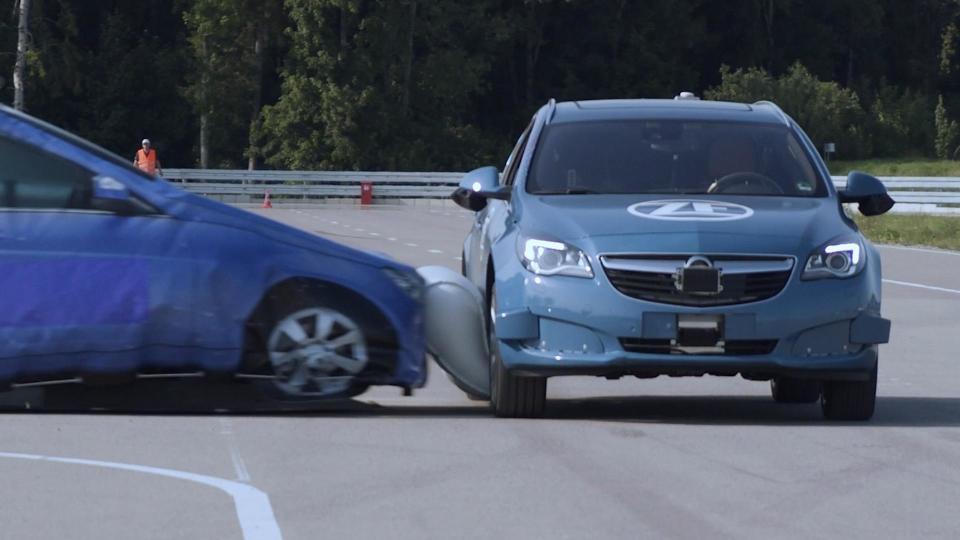Pedestrian deaths in U.S. reach highest level since 1988

New estimates from the Governors Highway Safety Association suggest that pedestrian fatalities rose to the highest levels in more than 30 years in 2019, to 6,590. The report cites familiar culprits, including a lack of safe road crossings, distracted or impaired driving, and the ever-increasing prevalence of large SUVs and trucks on U.S. roads, which are more likely to kill pedestrians than cars.
If the numbers hold, it would represent a 5% increase over the 6,283 pedestrians killed on U.S. roads in 2018, according to the National Highway Traffic Safety Administration, considered the official source on the numbers. That was even as traffic deaths had fallen for a second consecutive year to 36,560. NHTSA also said 857 cyclists and others using non-motorized transportation were killed on roads in 2018.
Based on preliminary data provided by 50 state highway traffic safety offices and the District of Columbia, the 2019 number represents the highest level of pedestrian deaths in the U.S. since 1988. Pedestrian traffic deaths have been on a nearly uninterrupted climb, up 53%, since bottoming out in 2009, compared to just 2% for vehicle traffic deaths over the same period. Pedestrians now represent 17% of all traffic-related fatalities, up from 12% a decade ago, GHSA said.
Most of the pedestrian fatalities take place on local roads, at night and away from intersections, which GHSA said suggests a lack of safe crossing infrastructure and a need to make pedestrians and vehicles more visible in the dark. Nighttime pedestrian fatalities rose 67% over the past 10 years, compared to 16% during the daylight hours. Also, nearly half of all traffic crashes that killed a pedestrian in 2018 involved alcohol impairment by either the driver or pedestrian in 2018, GHSA said.
Also, nearly half — 47% — of the fatalities occurred in just five states: Arizona, California, Florida, Georgia and Texas. All those being Sunbelt states, factors such as windshield glare and a high number of retirees quickly come to mind. Plus, they're states with some of the bigger populations.
Pedestrians are also twice as likely to die when they’re struck by a large SUV as opposed to a car, even though passenger cars are the largest category of vehicles in fatal pedestrian crashes, according to the report. Over the last decade, the number of pedestrian deaths involving SUVs increased at 81%, compared to 53% for passenger cars.
“Following 30 years of declining pedestrian fatalities, there has been a complete reversal of progress,” report author Richard Retting said in a statement. “Pedestrians are at an inherent disadvantage in collisions, and we must continue to take a broad approach to pedestrian safety.”
The organization asked states to report pedestrian fatalities for the first six months of 2019 and adjusted the raw data based on historical trends. GHSA estimated pedestrians deaths at 6,227 for 2018, which tracked closely with the official number of 6,283 reported by NHTSA in October.
The report outlines several strategies to reduce pedestrian and vehicle fatalities, including tapping federal grants, boosting education and enforcement efforts, and making pedestrian-friendly enhancements to road designs. Those efforts helped bring about a decline in fatalities during the first six months of the year in 20 cities and in Washington D.C.
Related Video:




